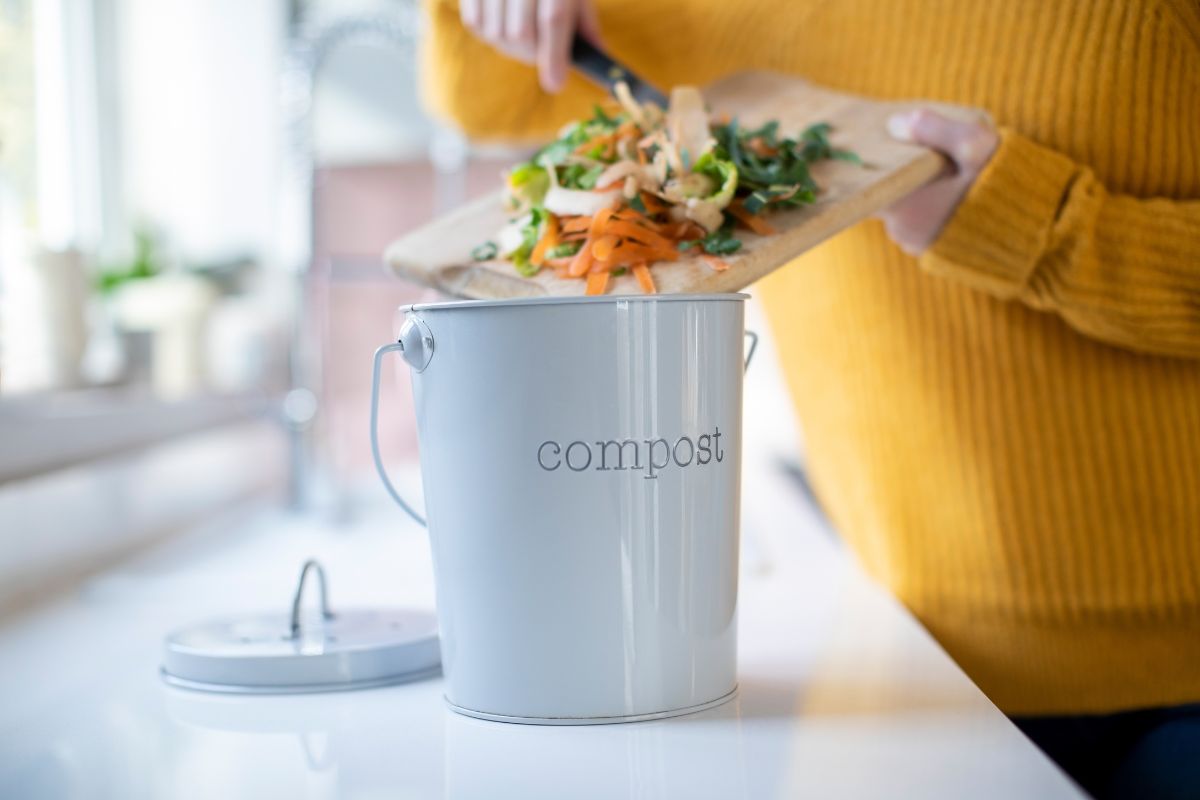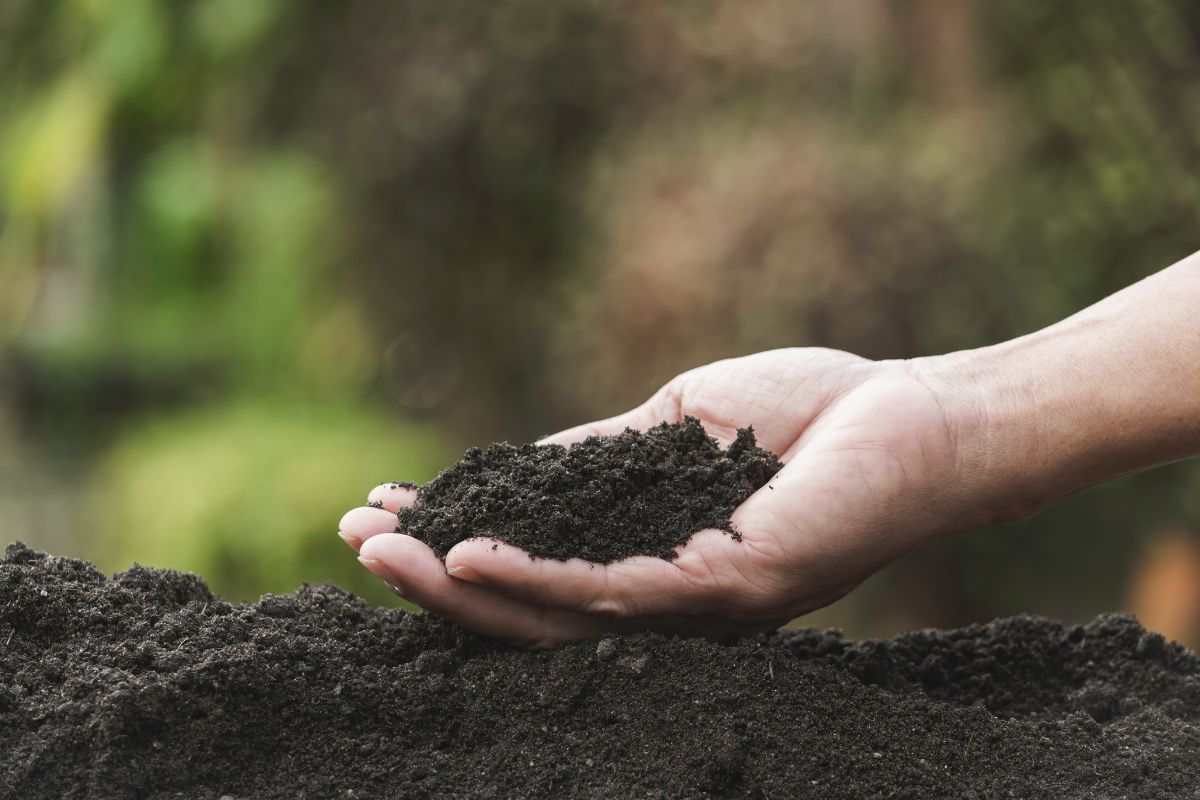National Compost Week - Choosing the right compost
In the UK, National Compost Week runs from March 13 - March 19, and what better time to get to know your soil?
Garden compost helps to improve soil structure, retain moisture, and provide essential nutrients for plants. There are many different types of compost available, each with its advantages and disadvantages.
Choosing the right type of compost for your plants depends on several factors, such as the type of plants you're growing, the soil type, and the nutrient requirements. Here are some tips to help you choose the right compost for your plants at your local British Garden Centre:
Multi-purpose compost
Multi-purpose compost is ideal for sowing seeds, planting borders, and taking cuttings in the garden. There are a variety of blends of ingredients to choose from, so depending on your choice, they will nourish your plants for a different amount of time or can help you water less as they release water only when needed. Depending on your needs, you may be able to select a mixture without peat or with John Innes. Just make sure to read the label to ensure that you're getting what you want.
John Innes
John Innes is better suited for growing trees or growing permanent specimens such as shrubs or perennials in containers. The main component in John Innes compost is loam, with added horticultural sand, limestone, and plant fertilisers, but the exact combination varies by product.
Each formula of John Innes is best used as follows.
John Innes No. 1 - suitable for transplanting or potting seedlings
John Innes No. 2 - Has more nutrients for potting small and vegetable plants in containers
John Innes No. 3 - Ideal for mature plants, permanent planting in pots, and when growing trees and shrubs.
Peat-free compost
Many gardeners are opposed to peat compost as it continues to deplete UK peat bogs, although peat has historically been used in horticulture because it holds water and nutrients so well.
Peat-free compost is great for seeding and rooting cuttings, but depending on the variety, it can also be used for many other plants. It is usually made from basic ingredients such as wood fibre, composted bark, coconut (coir), and green compost mixed with other materials such as gravel and perlite. This type of compost is great for pots, planters, and hanging baskets for both flowers and vegetables.
Ericaceous compost
Ericaceous compost is one type of garden compost that is specifically designed for acid-loving plants such as azaleas, rhododendrons, and camellias.
This type of compost contains higher amounts of iron and other micronutrients that make it ideal for these types of plants. It is a blend of peat moss, pine bark, and perlite that creates an airy, moisture-retentive soil, allowing plant roots to develop and grow healthily. Additionally, ericaceous compost can help to reduce the pH levels in the soil which can be beneficial for certain species.
Farmyard Manure
Fresh manure is one of the best resources for a garden, which you can find at your local British Garden Centre. The three most important elements for healthy soil are nitrogen, phosphorus, and potassium, which are all found in manure. This is an inexpensive and waste-reducing way to provide your soil with essential ingredients.
Homemade compost
Garden and kitchen waste can also be composted in a bin or on a heap and this is one of the most impactful ways to reduce your carbon footprint at home.
Grass clippings, prunings, cardboard, leaves, and kitchen peelings can all be composted and will decompose into a rich, crumbly soil conditioner. Home composting can be done in a variety of ways, from a simple compost pile to more complex systems such as worm composting or tumblers. No matter which method you choose, composting is a great way to reduce your environmental impact and give your garden a nutrient-rich boost.
It is a really valuable ingredient for improving soil, adding organic matter and nutrients. You can plant, mulch, or simply feed the soil with it.































